When Louise Schofield first noticed a swelling on her left shoulder/neck area she thought she had just pulled a muscle.
The lump seemed to appear overnight so the Kirkcaldy nurse left it thinking it would heal on its own.
But when it was still there three months later the 38-year-old decided to go and see her GP.
And she wasn’t prepared for what her doctor told her.
“I expected to just be given some strong ibuprofen or something like that,” she explains.
“But as soon as she examined me she looked really worried.
“She then said she was going to refer me as she thought it was cancer.”
It turned out that the mum-of-two has a Desmoid tumour – also known as Desmoid-type fibromatosis (DF) or aggressive fibromatosis.
It is classed as an intermediate soft tissue tumour, meaning it sits somewhere between cancerous and non-cancerous.
There is no cure and it can be can be locally aggressive, potentially causing significant health issues.
Louise is sharing her story in the hope of raising awareness of the rare condition.
When did the Kirkcaldy nurse first notice the Desmoid tumour?
Louise, who works as an outpatient nurse at Victoria Hospital, first noticed the swelling on her left shoulder/neck area in October 2019.
It appeared just a few months after she gave birth to her second daughter, Charlotte.
But as she thought she had just pulled a muscle she didn’t consult her GP straight away.
“I just left it because while it was a bit stiff and uncomfortable it wasn’t really bothering me too much,” she says.
“I went to my GP to see if I could get stronger anti-inflammatories.
“But after she examined me she referred me to the ear, nose and throat department at Victoria Hospital because she thought the lump was cancer.
“I was shocked. I just thought she would say ‘yeah it’s swollen here’s some ibuprofen.”
At the hospital Louise had her throat checked – to see if the tumour had originated from there – and she also had a biopsy taken.
Further tests
Doctors discovered the tumour wasn’t coming from Louise’s throat.
But as the first biopsy results were inconclusive, she had a second ultrasound-guided biopsy.
This was carried out at Queen Margaret Hospital in Dunfermline in late March 2020.
“A few weeks later I then had a letter from the Edinburgh Cancer Centre to go there and see an oncologist,” she says.
“I went in with my husband Sam and that’s when I was told I had Desmoid fibromatosis.
“The first thing they told me is that it wasn’t cancer.
“It falls into the middle bracket – so it isn’t cancerous but also isn’t benign either.
“I have been a qualified nurse for over ten years and I had never heard of Desmoid fibromatosis.
“And I have no idea where the tumour came from – no-one in my family or anyone I know has ever had anything like this.”
What treatment did Kirkcaldy’s Louise have for the Desmoid tumour?
Louise learned that a lot of the treatments for Dermatoid tumours are the same ones used to treat cancer – namely chemotherapy.
“The aim of taking the chemotherapy tablets was to shrink the tumour so it would be less painful.
“To start with it was just a bit uncomfortable.
“But over time I started getting more pain from it and gradually it got worse.
“It got to the point where the pain was just excruciating and I had to be given morphine tablets.
“This was in the summer of 2020. I had to take time off work because I couldn’t drive and felt dizzy and sleepy cause of the morphine.”
Having intravenous chemotherapy
After none of the chemotherapy tablets proved to be effective in shrinking the tumour, Louise was put on intravenous chemotherapy in August last year for six months.
“It has been hard. The side effects were really bad – nausea, vomiting, hair loss and extreme exhaustion.
“I also had mouth ulcers and a full body rash at one point.”
She had to take six months off work while having her last round of treatment, which she has recently completed.
Every three months Louise has an MRI scan to monitor the tumour to see if the chemotherapy is working.
She recently had a scan and will find out the results next month.
But Louise believes the intravenous chemo has made a difference.
“It is the pain which is the worst because when it is really bad I just can’t function,” she says.
“But at the moment I am not on any painkillers at all,”
“I stopped taking them halfway through my chemotherapy cycles.
“I felt the pain wasn’t as bad so I started reducing the painkillers and eventually I stopped altogether.”
How rare is Louise’s tumour?
According to the charity Sarcoma UK, in every million people around five or six could be expected to develop Desmoid fibromatosis.
Louise says when she was at the Edinburgh Cancer Centre she was told she was one of 20 people they had seen with the same Desmoid tumour.
“It is locally invasive which means it stays in the one area but it grows and inhibits that area,” she explains.
“They are doing a lot of research in America on the tumours.
“And they have found that if you get it cut out it has a higher tendency to come back more aggressive than it was before.
“Because of where my tumour is there is also a chance it could damage my arm and I don’t want to risk having an arm that can’t function.
“So I wanted to just have the chemotherapy.”
Family support
Louise, who has two daughters Samantha, 7, and Charlotte, 5, is thankful for the support of her family.
This includes her husband Sam, 36, her mum and Sam’s parents.
“There were days when I couldn’t do anything, especially being on chemotherapy,” she explains.
“Sam was going to work, dealing with the girls, doing housework and making the tea because I was just exhausted. He was really good.
“My mum has been great at helping too – she lives just down the road from us.
“And on the mornings when I felt so sick and couldn’t get out of bed, Sam’s mum and dad would drive through to give the girls breakfast and take them to school for me.
“They have been really supportive and my work colleagues have been too.”
Hopeful for a cure
Louise is hopeful that one day there might be a cure for Desmoid fibromatosis.
She says: “It’s hard because the doctors can’t give me a timeframe of when the tumour might be gone. Or if it will ever disappear.
“It is probably something I will have for the rest of my life which is difficult to take.
“But I am just hopeful that one day there might be a cure.
“Even if they can find just one treatment which is effective for Desmoid tumours and works for a lot of people.”
She adds: “I am determined to try every treatment that there is to shrink the tumour as much as possible so I can be relatively pain free.”
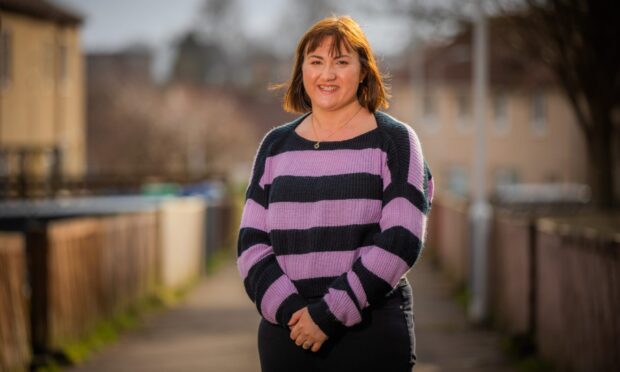

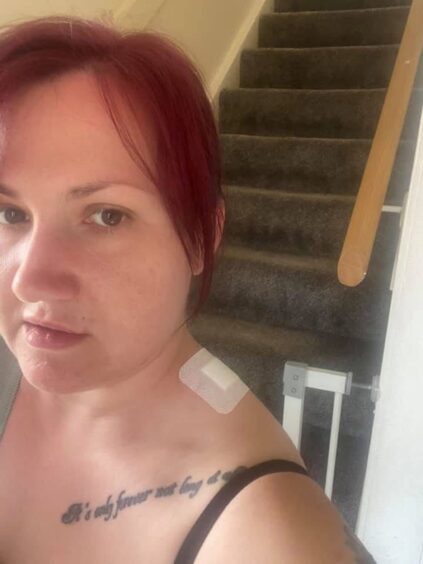
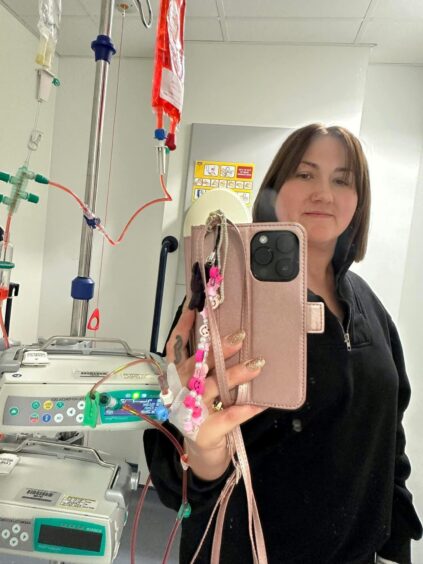
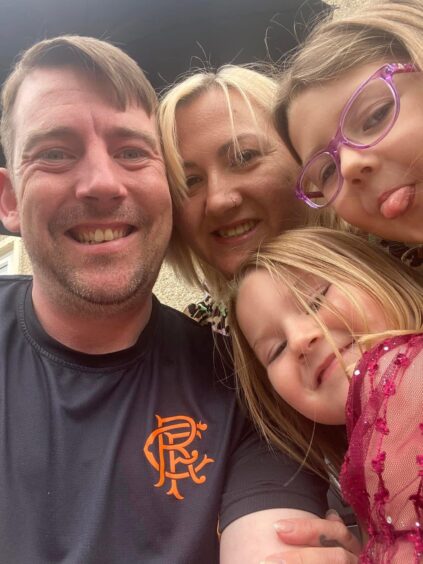
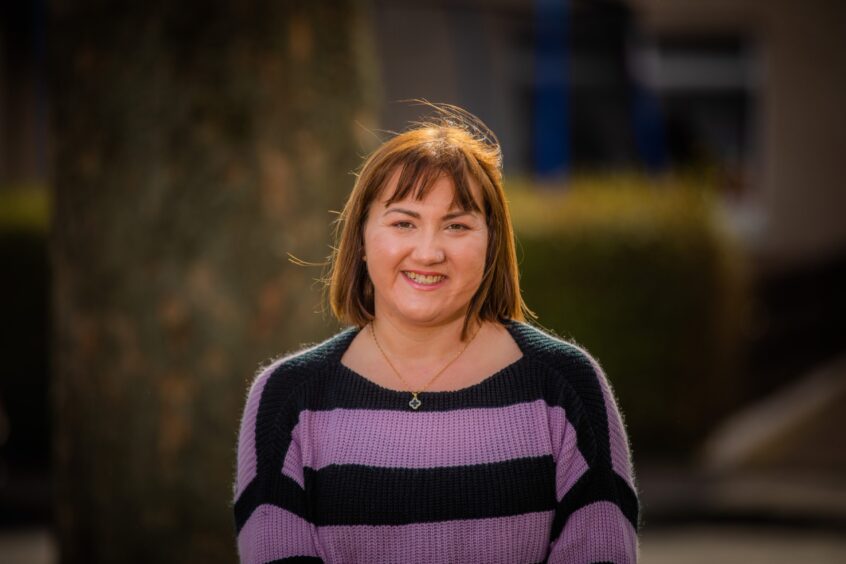
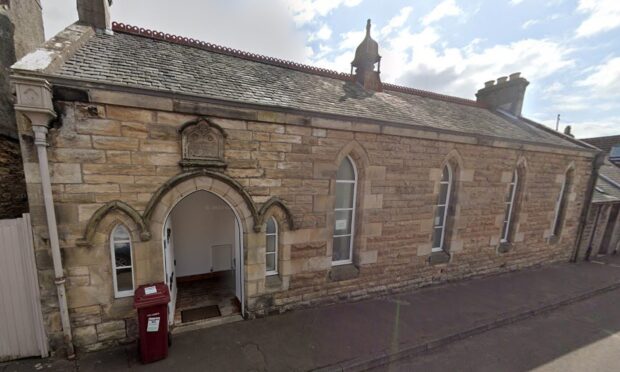
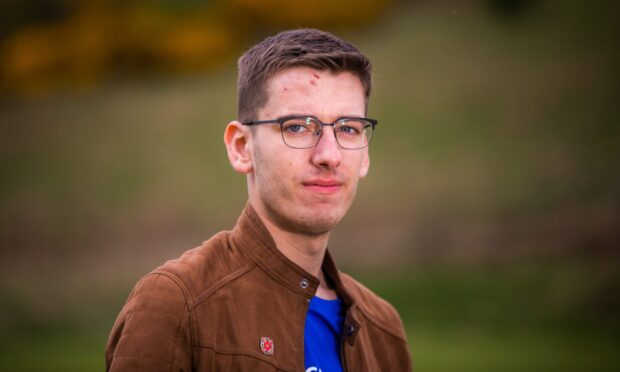
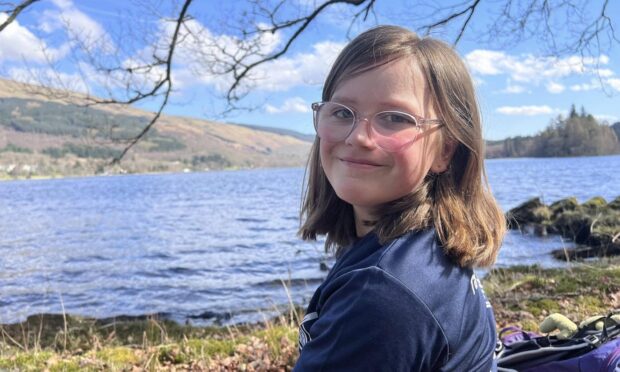

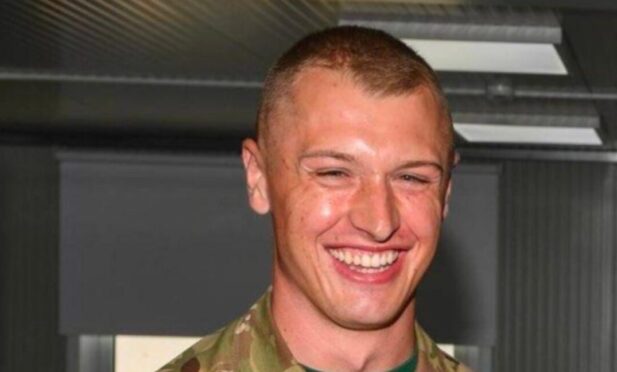
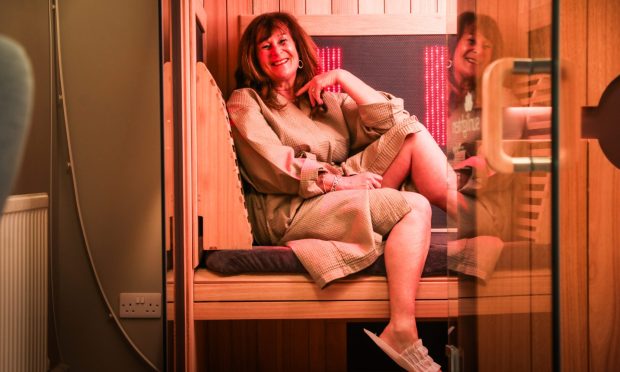
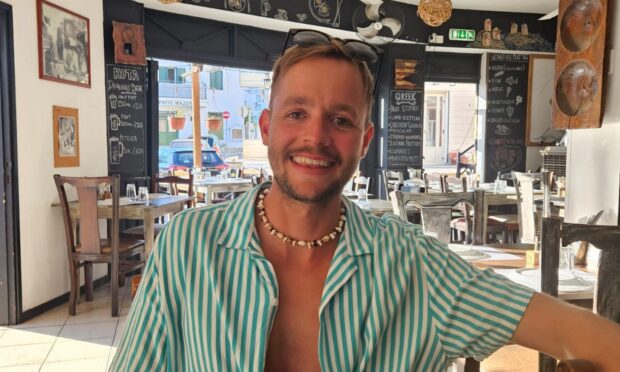
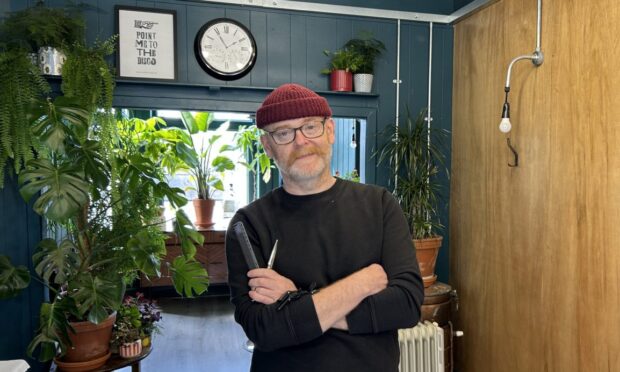
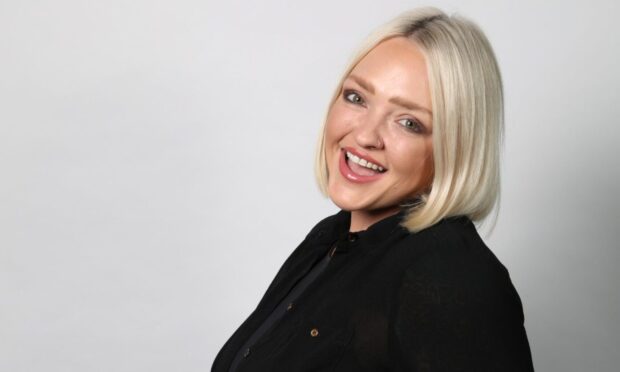

Conversation